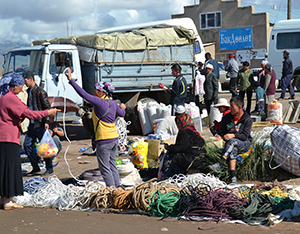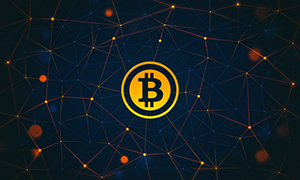Equipping workers with skills, infrastructure, and support is vital to ensure the AI-driven digital shift boosts jobs, inclusion, and sustainable growth.
LATEST
- Economics, Environment, Infrastructure, Population, Poverty, Social development and protection, Urban Development

- Economics, Industry and trade, Regional cooperation and integration
- Economics, Environment, Finance sector development, Governance and public sector management, Industry and trade, Infrastructure, Regional cooperation and integration, Urban Development

- Finance sector development, Information and Communications Technology

- Economics, Governance and public sector management, Industry and trade, Regional cooperation and integration

- Economics, Education, Environment, Health, Population, Social development and protection, Urban Development
Subscribe to our Newsletter
Stay updated with ADBI news, publications, events and opportunities.
About Asia Pathways
Asia Pathways is the blog of the Asian Development Bank Institute, exploring ideas and solutions for advancing sustainable and inclusive development in Asia and the Pacific.
